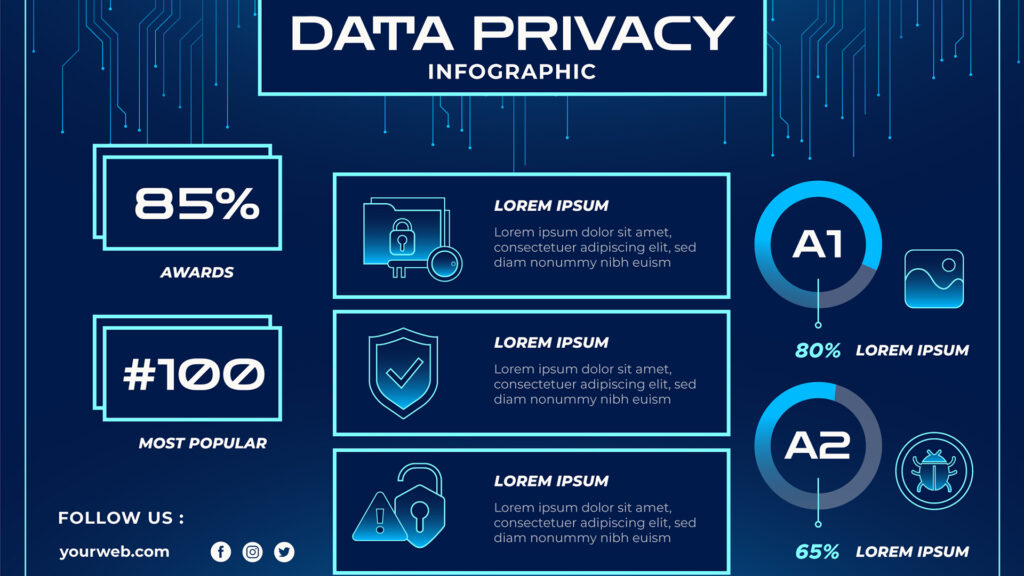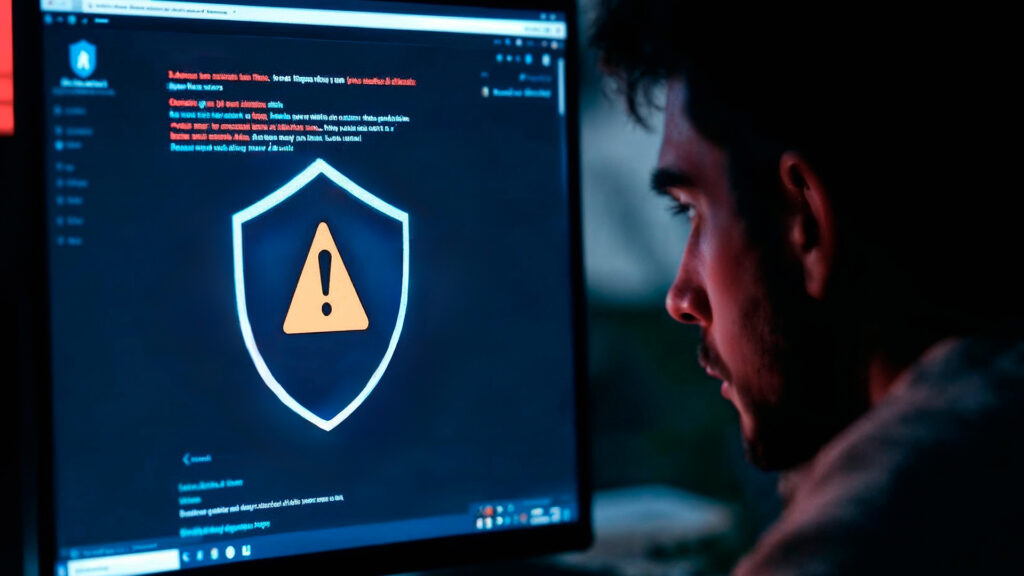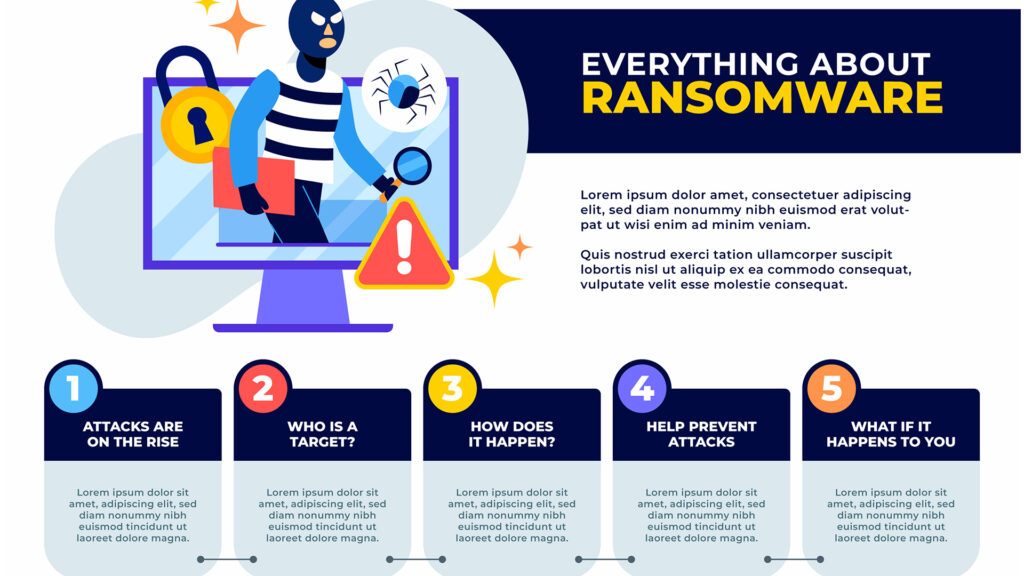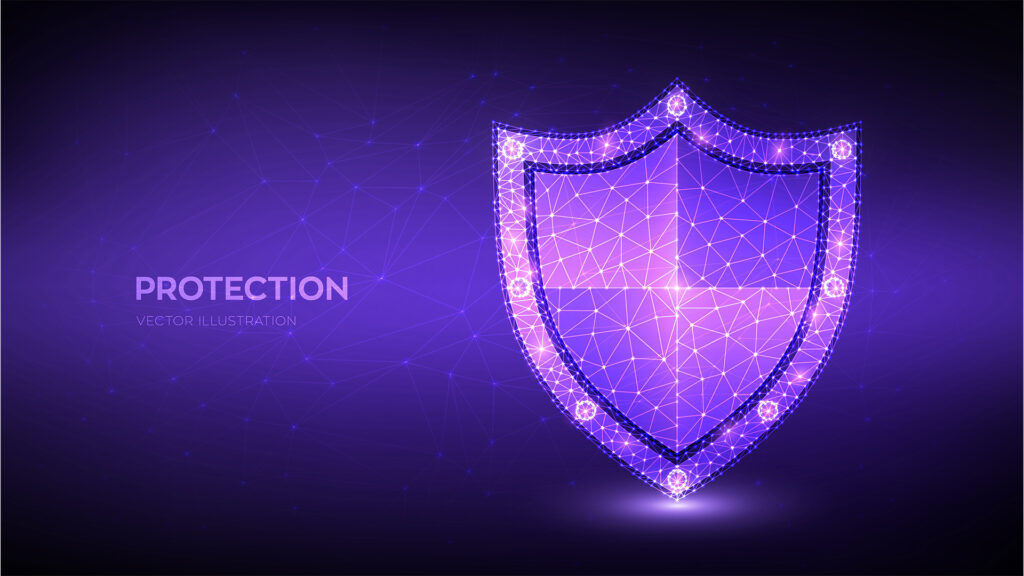What You Can Learn from the Recent AT&T
Data Breach (March–May 2025)
The AT&T data breaches fromMarch to May 2025 have shocked the cybersecurity world and acted as a grim reminder of the vulnerabilities that continue to exist in even the largest of organisations. These breaches encompassing tens of millions of customer records are imperative lessons for businesses and individuals alike regarding the changing nature of cyber threats and the imperative for strong defences.

The Breach Timeline and Scale
March 2024–2025: AT&T acknowledged a historic data breach that compromised more than 70 million existing and former customers’ sensitive data, like Social Security numbers, addresses, and account information. While the firm at first found it challenging to ascertain if the information came from its environment or that of a third-party vendor, the effect was certain: millions of individuals were exposed to increased risk of identity theft and fraud.
April 2024: Yet another breach exposed virtually all AT&T cellular, landline, and wireless network subscribers from May 2022 to January 2023. This attack, however, did not reveal highly sensitive information such as Social Security numbers or dates of birth.
May–June 2025: The crisis deepened when a repackaged dataset of AT&T customer information—now as high as 86 million unique records—was made available on the dark web. This new leak contained not only names, phone numbers, and addresses, but also completely decrypted Social Security numbers and birthdays, making the data even more perilous in the hands of cybercriminals.
What Was Exposed?
The exposed data consisted of:
- Full names
- Dates of birth
- Phone numbers
- Email addresses
- Physical addresses
- Social Security numbers (decrypted and plaintext)
- AT&T account numbers

This integrated collection of private data is a recipe for identity theft, financial scams, and SIM-swap attacks.
How Did This Happen?

The data breaches can be traced to several entry points and weak points:
- Third-party cloud platform (Snowflake): AT&T attributed some breaches to flaws in its Snowflake cloud platform that stores customer records. Hackers took advantage of these vulnerabilities to gain access to and steal huge quantities of information.
- Repackaging of pre-existing data: Cybercrime actors did not always depend on fresh exploits. In a number of instances, they repackaged and re-distributed existing stolen data, merging previously distinct files to directly tie sensitive information to specific users.
- Payment to hackers: In a shocking act, AT&T allegedly paid hackers hundreds of thousands of dollars in Bitcoin to erase stolen information and offer evidence of its erasure, a strategy that reflects the desperation and sophistication of contemporary cybercrime.
Key Lessons from the AT&T Breaches

1) Third-Party Vendors Are a Major Risk
AT&T’s outsourcing to third-party cloud providers brought with it crucial exposures. Companies need to thoroughly screen and continuously watch all outside partners who touch sensitive information. Cloud shared responsibility models require both vendors and customers to have high security measures.
2) Old Data Can Resurface with New Risks
Cybercriminals usually resell and repack the stolen information, mixing it with additional data to enhance its value and threat. Even if the breach happened decades ago, the information can re-emerge in more dangerous forms, as it did when the decrypted and re-associated Social Security numbers and birthdays reappeared
3) Encryption Alone Is Not Enough
Although much of the original stolen information was encrypted, the hackers soon decrypted sensitive fields, making the security ineffective. Layered security, such as good encryption, but also good access controls, monitoring and quick response plans, must be put in place by organisations.
4 )Transparency and Fast Response are Important
AT&T’s initial denials and subsequent delays in accepting the breaches eroded customer confidence. Transparent, prompt communication is important to enable victims to take protective actions and to uphold organisational reputation.
5) Payment of Ransom Is Unreliable and Risky
Payment to hackers to erase stolen information is unreliable. It may be a spur to more attacks, and doesn’t always mean the data gets erased from the dark web. There are legal and ethical implications that must be given careful consideration.
6) Vigilance by Employee and Customer Is Essential
AT&T advised customers to keep an eye on accounts and credit reports, but companies should also spend money on regular cybersecurity training for staff. Phishing, social engineering, and other attack methods can avoid breaches or reduce their impact.
Forward

The AT&T data breaches in 2025 serve as a wake-up call for every organisation.
The takeaways are evident:
- Never undervalue the worth of ageing data in the wrong hands.
- Third-party risk management is not negotiable.
- Encryption needs to be supported by other security practices.
- Transparency and quick response foster trust and resilience.
- Paying ransoms is not a sound tactic.
- Education and awareness are the best defence.
It is possible to learn from AT&T’s misfortune and be better able to shield companies and their customers in a more aggressive online world. The breaches are not only a cautionary tale; they are a guide to constructing a safer future.

